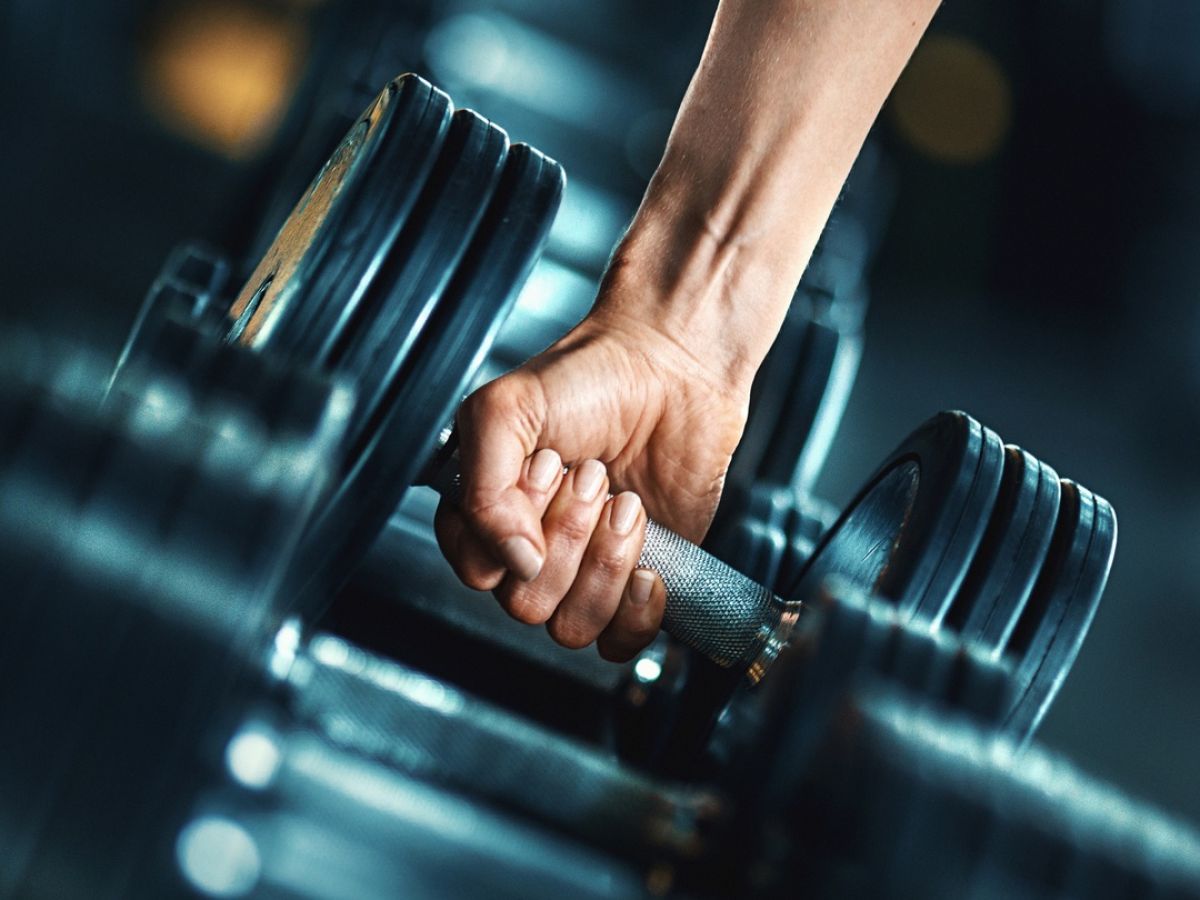Returning to exercise after any length of time off should be done cautiously to avoid the risk of injury or rebound bad habits. Many of us have dealt with time off exercise at some stage. This may be due to injury, travel, time restraints, pregnancy, seasons or motivation. Over the last two years, almost all of us have had changes to our normal regimes. With this we’ve either changed our exercise habits or let them go by the way side. Sadly gyms have been closed for around 350 days in Melbourne since the start of Coronavirus. This has led to an increased number of recreational runners and bike riders out on our footpaths. Some people have adapted to doing home based and virtual strengthening sessions. Sadly many people will have stopped exercising completely with the stresses of working from home, home schooling and lockdowns.
With an anticipated re-opening of gyms and fitness facilities, here are some tips to avoid sustaining injuries on a return to exercise, but particularly weight-based training.

Tips for returning to the gym
1. Don’t try start where you left off
This might seem obvious, but if you have neglected your usual exercise routines since the start of the pandemic, jumping right back into your regular routine will likely lead to injuries. In the time you’ve had off from any break in exercise, you may have lost both fitness and muscle mass/ strength.
It’s important not to push yourself to the levels you were training previously. Gradually build yourself back up, starting with lighter weights first. From a mindset perspective, try not to compare yourself with your pre-lockdown fitness levels or capabilities. Accept where you are now, and make realistic and attainable fitness goals to improve upon.
2. Don’t go too hard too soon
I’m sure you’re excited to be able to return to the gym or fitness studios and have lots of new equipment ‘to play with’. This can often lead you to overdo it in the first few weeks. Pushing yourself too far and too fast can lead to injury and ultimately delay your fitness goals. Going beyond your limits can also overwhelm you mentally. If you find that you’ve been working out less, or not at all during our lengthy lockdowns, then a difficult workout when you return to the gym can leave you feeling demotivated.
3. Give your body rest days
Establish healthy workout habits, and this includes having rest days. Rest days are essential to a healthy exercise routine for many reasons. A day off allows your body to recuperate following your previous workouts, and muscles actually repair and grow on rest days. Rest is also important to prevent overuse of your muscles and thereby avoid injury.
4. Maintain a varied workout
A varied exercise regime works more than one muscle group and incorporates more than one type of exercise. As you readjust to gym-based exercise, make sure to include elements of cardio, resistance training, and flexibility in your workouts. Don’t try to work every muscle group each session. Exercise programs can be varied in many ways, for example: upper body/lower body exercises, strength and endurance, core and postural strengthening.
5. Set SMART goals.
Read our blog on goal setting here for more info.
6. Listen to your body and don’t ignore aches and pains
Be kind to yourself and ease back into your exercise routine. When you haven’t worked muscles in a while you will likely develop some DOMS (delayed onset muscle soreness) 48-72 hours after exercising, but this will often dissipate within a day or two. If aches or pains are lingering around don’t push through it. Make sure you seek professional guidance for treatment and exercise progression.
The foam roller is your friend and an excellent tool for self-massaging out tight muscles after exercise. Make sure to book yourself in for preventative massages and check out our stretching guides online.
Yours in health and fitness,
Sheree

